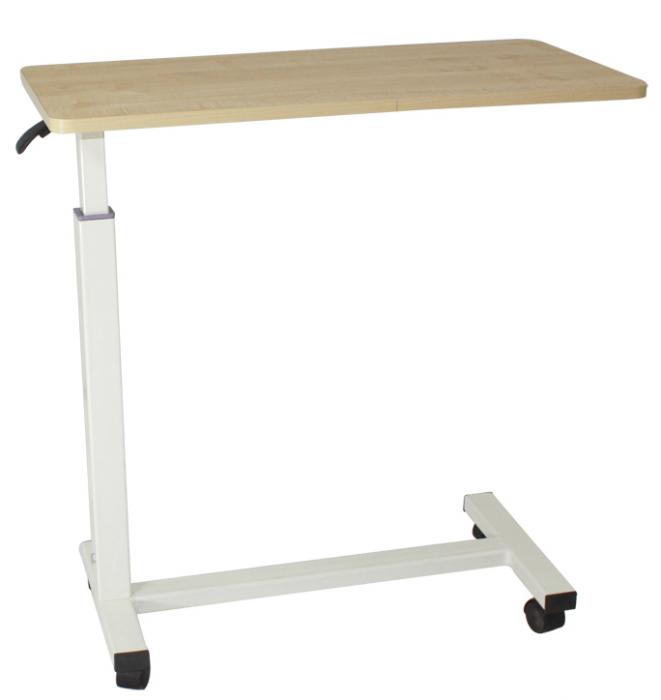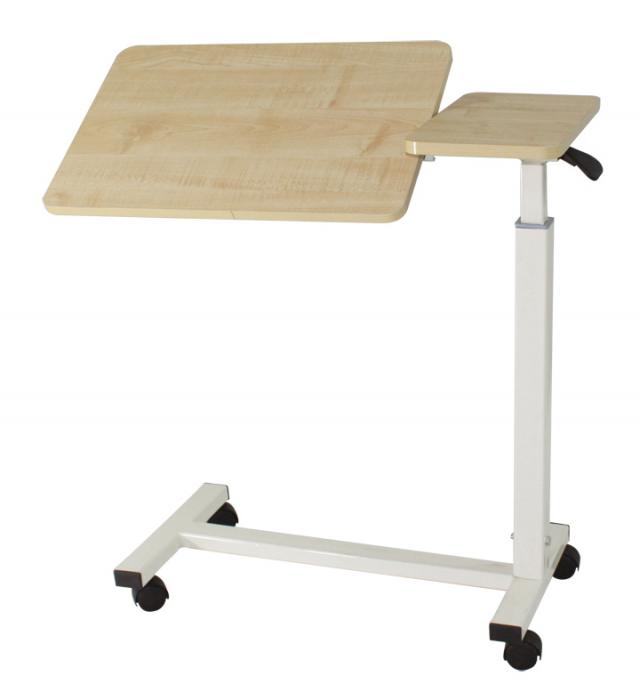| Name: | Pulse Oximeter |
|---|---|
| Model No.: | BES-302 |
| Product Name: | Pulse Oximeters |
| Brand: | BESCO |
| MOQ: | 1000 PCS |
| Keywords: | Pulse Oximeters,Fingertip Pulse Oximeter Blood Oxygen Saturation Monitor |
| Sample: | Available |
| Lead time: | 7 days |
| Payment Term: | T/T in advance |
| Country of Original: | China |
| Port: | China |
| Price: | US11.5 |
| Frame Material: | Plastic |
| Office: | China |
Products Description
Buy Pulse Oximeter/Pulse Oximeter for Sale
Feature:
OLED screen
SPO2 and PI rate display
Bar graph available
colors option:dark,blue,blue,yellow,green,pink,purple
Accessory:
1*Pulse Oximeter
1*Manual
1*Hand rope
2*AAA battery (extra cost apply)

A pulse oximeter measures your blood oxygen levels and pulse. A low level of oxygen saturation may occur if you have certain health conditions. Your skin tone may also affect your reading.
Pulse oximetry is a noninvasive test that measures the oxygen saturation level of your blood.
It can rapidly detect even small changes in oxygen levels. These levels show how efficiently blood is carrying oxygen to the extremities furthest from your heart, including your arms and legs.
The pulse oximeter is a small, clip-like device. It attaches to a body part, most commonly to a finger.
The purpose of pulse oximetry is to see if your blood is well oxygenated.
Medical professionals may use pulse oximeters to monitor the health of people with conditions that affect blood oxygen levels, especially while they’re in the hospital.
These can include:
•chronic obstructive pulmonary disease (COPD)
•asthma
•pneumonia
Pulse oximetry may be useful in both inpatient and outpatient settings. In some cases, your doctor may recommend that you have a pulse oximeter for home use.
To take a reading with a pulse oximeter, you will:
1.Remove any jewelry or fingernail polish on your finger if measuring from this location.
2.Make sure your hand is warm, relaxed, and below heart level if attaching the device here.
3.Place the device on your finger, earlobe, or toe.
4.Keep the device on for as long as needed to monitor your pulse and oxygen saturation.
Pulse oximetry tests are an estimation of blood oxygen levels, but they’re typically precise. This is especially true when using high quality equipment found in most medical offices or hospital settings. With this equipment, medical professionals can carry out the tests accurately.
The Food and Drug Administration (FDA) requires that prescription oximeters must provide results within an accuracy range of 4 to 6 percent.
The American Thoracic Society says that typically, more than 89 percent of your blood should be carrying oxygen. This is the oxygen saturation level needed to keep your cells healthy.
Having an oxygen saturation temporarily below this level may not cause damage. But repeated or consistent instances of lowered oxygen saturation levels may be damaging.
An oxygen saturation level of 95 percent is considered typical for most healthy people. A level of 92 percent or lower can indicate potential hypoxemia, which is a seriously low level of oxygen in the blood.
Various factors can affect readings, including a person’s skin tone.
Once the test is over, your doctor will have the readings available immediately. This will help them determine if other testing or treatment is necessary.
If you’re evaluating how successful your oxygen supplementation therapy is, for example, a reading that’s still on the low side might indicate the need for more oxygen.
Pulse oximetry is a quick, noninvasive, and completely painless test. It comes with no risks, aside from potential skin irritation from the adhesive used in some types of probes.
However, it’s not as accurate as clinical blood gas measurements, especially for people with darker skin tones.





